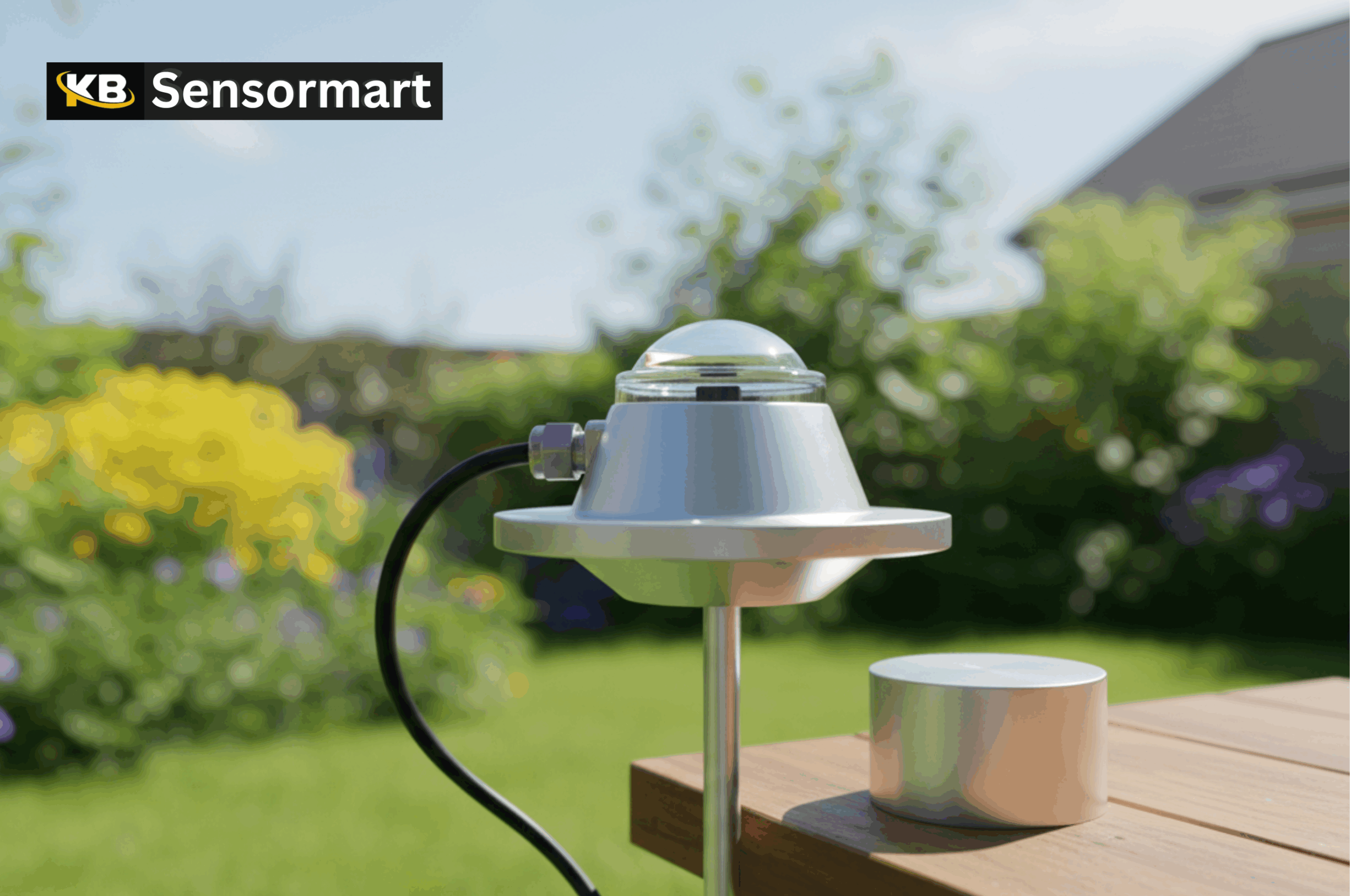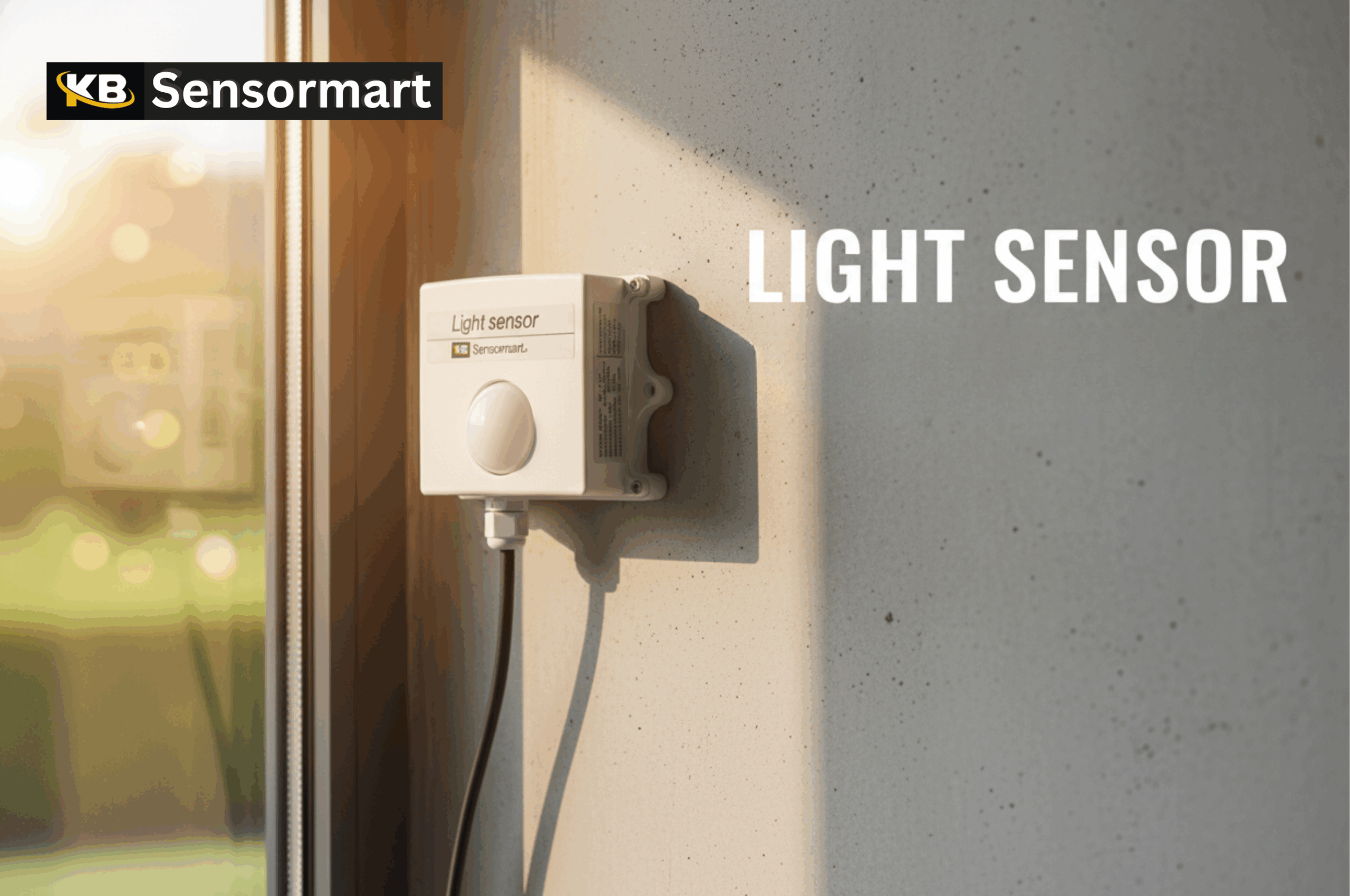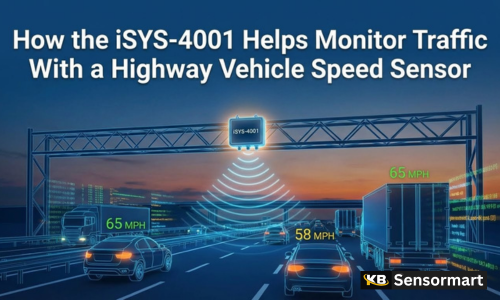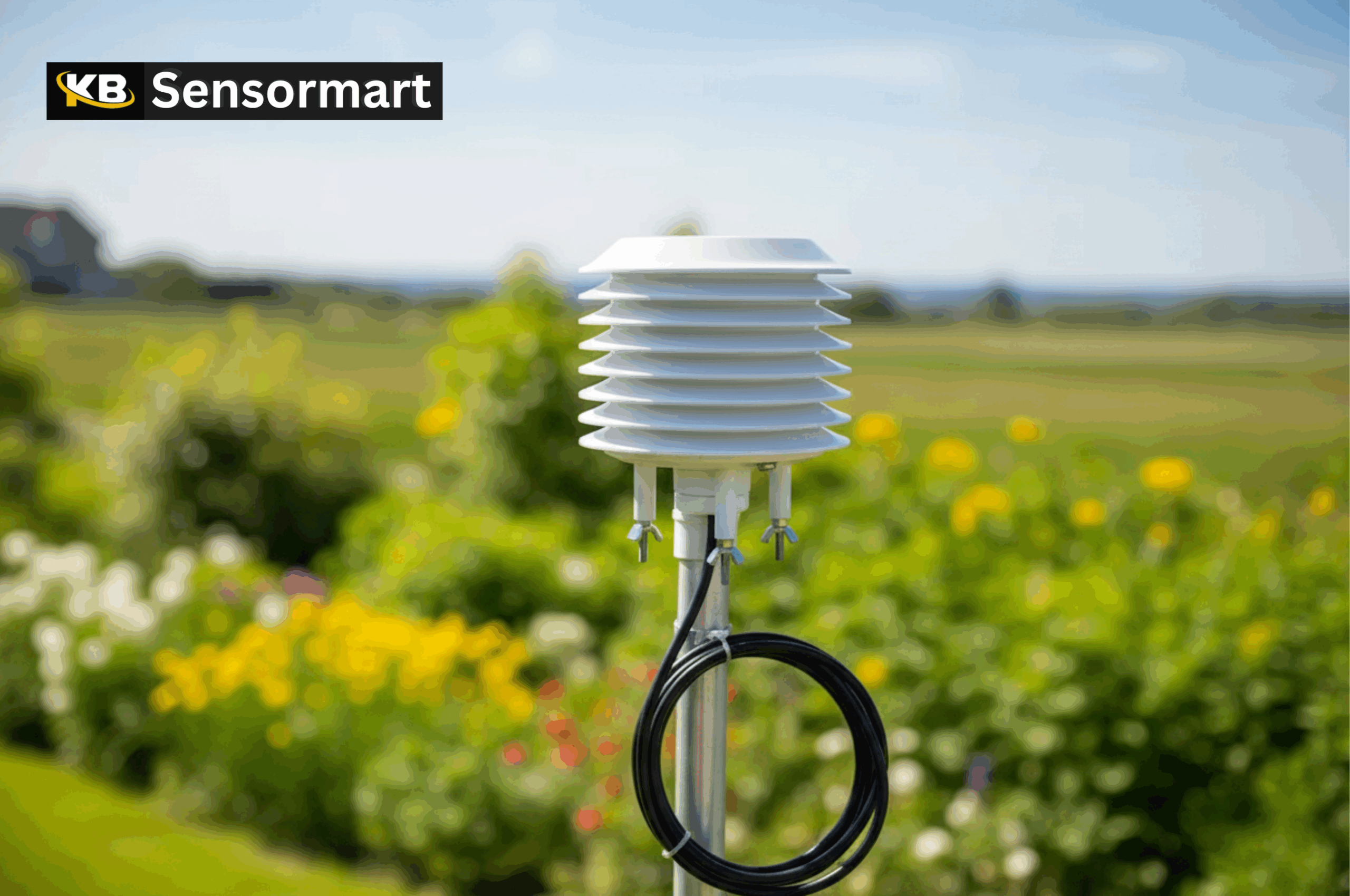Understanding sunlight is important for safety and science, and that is where an Ultraviolet radiation sensor becomes useful. This simple tool helps us know how much UV light is around us. Many people use it in schools, labs, farms, and industries. Brands like Sensormart help users get reliable devices for many needs and projects.
An Ultraviolet radiation sensor is a small device that measures UV light in the environment. UV rays come from the sun and can affect our skin, plants, and different materials. This sensor helps detect how strong the UV rays are at any moment. It works in many areas like weather stations, schools, research centers, and even farms. The device gives clear data to help people make safe and smart decisions. It is also helpful for testing materials that may weaken under sunlight. Brands like Sensormart offer these sensors for anyone who needs simple and accurate UV reading technology. This makes the tool useful for both basic learning and professional uses too.
How Does an Ultraviolet Radiation Sensor Work?
This sensor works by using a special part that reacts when UV light falls on it. When the light hits the sensor, it changes into a small electrical signal. This signal then shows how strong the UV light is. The stronger the UV rays, the higher the reading becomes. Many sensors divide UV light into UV-A, UV-B, and sometimes UV-C levels. These levels help us understand sunlight risks and exposure more clearly. The sensor is designed to stay stable under bright light and changing weather. Devices offered by Sensormart are made to give steady and correct readings, making them useful for small projects and large applications. Overall, the working process is simple and very dependable for daily use.
Key Features of an Ultraviolet Radiation Sensor
These sensors come with many useful features that make them easy to use, reliable in data, and perfect for different conditions.
- Most sensors offer stable UV readings that help users understand sunlight changes with smooth and predictable performance every single day.
- The sensor design supports long outdoor use without damage, letting it handle sunlight, dust, and weather in many outdoor setups.
- These devices often show fast results, helping schools, farms, and labs check UV levels quickly during important tasks or projects.
- Many sensors can be connected to larger systems, letting industries track UV readings for safety, research, or sunlight-based testing work.
- Several sensors from brands like Sensormart allow easy setup, making them good options for beginners and professionals using UV tools.
Types of Ultraviolet Radiation Sensors
There are different types of UV sensors, and the table below shows the main categories and their simple uses for many applications.
| Sensor Type | Description |
|---|---|
| UV-A Sensor | Measures long-wave UV rays used in plant growth tests and safe sunlight checks. |
| UV-B Sensor | Detects medium-wave UV rays that affect human skin and material durability studies. |
| UV-C Sensor | Used for short-wave UV levels in sterilization, lab work, and controlled disinfection tasks. |
| Broadband UV Sensor | Reads a wide range of UV rays for general environment monitoring and outdoor sunlight tracking. |
| Digital UV Sensor | Gives direct digital readings for schools, labs, and industries needing simple and quick UV data. |
Applications of Ultraviolet Radiation Sensors

These sensors can be used in many different areas because they help measure UV levels in a simple and accurate way. Schools and colleges use them for science experiments and sunlight projects. Farms use sensors to check how much UV light plants receive each day. Weather stations rely on these tools to understand sunlight intensity and predict safe outdoor times. Industries use UV sensors to test materials, coatings, plastics, and fabrics that may weaken under sunlight. Hospitals and labs also use UV tools where UV-C light is part of cleaning or research. Many people trust brands like Sensormart because they provide reliable devices that support all these tasks easily. This makes the sensor helpful for beginners, students, and professionals working with UV light.
FAQs
1. What does an Ultraviolet radiation sensor actually measure?
It measures the strength of UV rays in the environment and helps users understand daily exposure levels easily.
2. Where can I use an Ultraviolet radiation sensor for simple monitoring purposes?
You can use it in schools, farms, labs, and outdoor areas where sunlight levels need regular tracking.
3. How accurate are Ultraviolet radiation sensors for daily sunlight readings?
Most sensors give dependable readings when placed properly in open areas with clear exposure to sunlight.
4. Do ultraviolet sensors need regular maintenance or frequent calibration?
Basic maintenance includes cleaning dust and checking alignment, while calibration schedules depend on usage type.
5. Can children or beginners use these sensors for science projects safely?
Yes, these sensors are simple, safe, and easy for young learners when supervised by teachers or parents.
Conclusion
An Ultraviolet radiation sensor is a helpful tool that makes understanding sunlight simple for many users. It helps schools, farms, industries, and labs measure UV levels in an easy and safe way. Knowing UV strength helps protect people, plants, and materials from sunlight damage. These sensors work with quick reactions and steady readings, making them reliable for long-term outdoor or indoor use. Brands like Sensormart offer different types of UV sensors for beginners and professionals who need trusted tools for accurate readings. Whether you are learning, researching, or working on a sunlight-based project, these sensors can support your tasks smoothly.







Leave a Reply